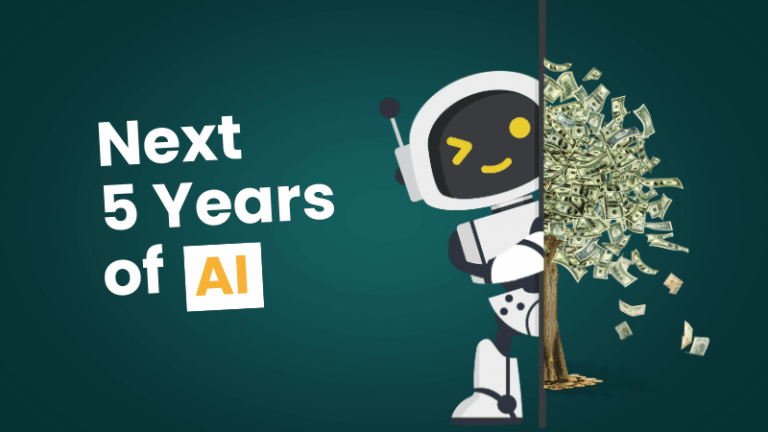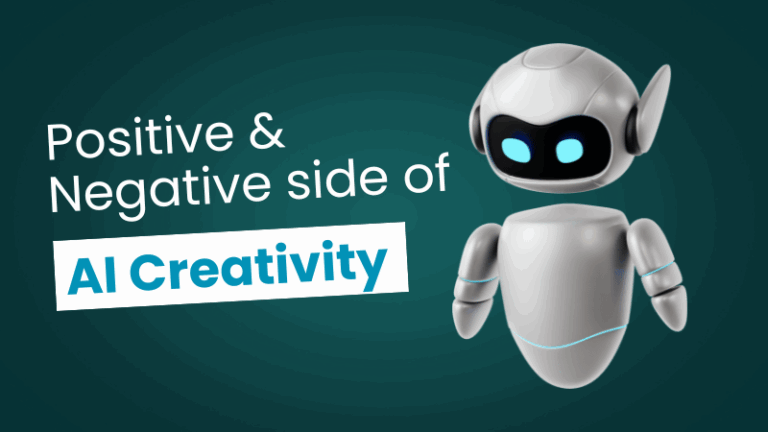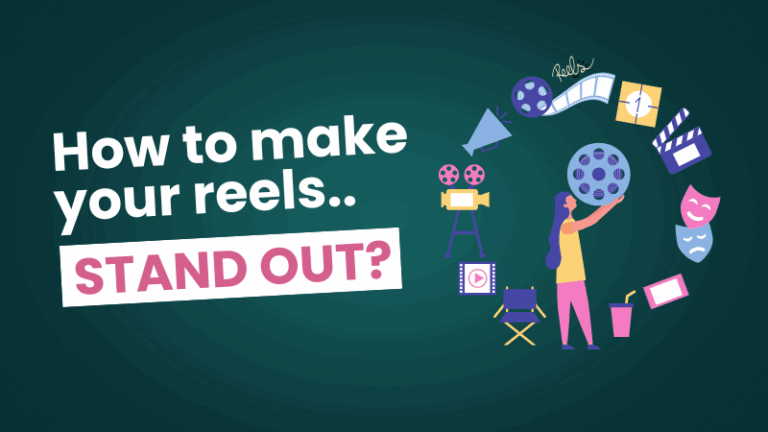How AI Gradually Helps in Designs and Creativity
when AI first started popping up in the creative world, a lot of us weren’t thrilled. I mean—robots doing art? It felt… off. Cold. Maybe even a little threatening. But fast forward a few years, and something interesting has happened. AI hasn’t taken over creativity; it’s actually become a surprisingly useful sidekick.
At first, AI tools were mostly about speeding things up. Need to remove a background from an image? Click, done. Want to generate a color palette that doesn’t hurt your eyes? Easy. Those early tools were practical, sure, but they weren’t exactly inspiring. They were like calculators for designers—helpful, but not game-changing.
Then things started to shift.
Now, AI isn’t just helping with the mechanical stuff—it’s poking its head into the creative process itself. Take brainstorming, for instance. Staring at a blank screen can be a nightmare, especially when your brain decides to take a day off. But AI can toss out a dozen headline ideas, layout suggestions, or logo variations in seconds. Are they all good? Nope. Some are weird. A few are laughably bad. But one or two might actually spark something. And honestly, that’s often all you need.
Also, let’s talk about the creative blocks no one wants to admit they have. There’s something oddly comforting about having a tool that doesn’t judge your bad drafts. You can feed AI your roughest concepts—half-baked, awkward, even cringey—and it’ll try to build on them without a single eye-roll. That alone makes it worth exploring.
But—because there’s always a but—AI isn’t magic. It doesn’t understand emotion or cultural nuance the way a human does. Sometimes the designs feel… off. Too polished, too generic, or just missing that gut-level spark. That’s where you still come in. AI can offer a jumpstart, a rough sketch, or a few unexpected ideas—but you’re the one steering the ship. Or painting the picture. Or designing the poster. You get the idea.
And maybe that’s the real beauty of it. AI doesn’t replace the creative process; it reshapes it a bit. Speeds up the boring parts. Fills in the blanks when you’re stuck. Gives you a nudge when you’re running on caffeine and no inspiration.
So yeah, AI is gradually helping in design and creativity. Not by being perfect—but by being that oddly helpful, sometimes awkward creative partner you didn’t know you needed.
Who knows? The more we work with it, the more human our creativity might actually become.





